Product design in 3 steps
compact design method
Do you need a creative specialist for shaping your bottle? The Bottle Designer is happy to help.
Whether you are a multinational company, a SME or a start-up, you want the best possible result when it comes to product development and improvement. The Bottle Designer teams up with other experts to ensure you are sitting with the best around the table.
From abstract concept to industrial product design, creating innovative product ideas, advise on patenting of your idea, translating your brand values into a distinctive product design and work with you on to making the production moulds.
Meet our compact three step design process. The result is a distinctive product that creates value for your customers and for your business:
1 DISCOVER
2 DESIGN
3 ENGINEERING
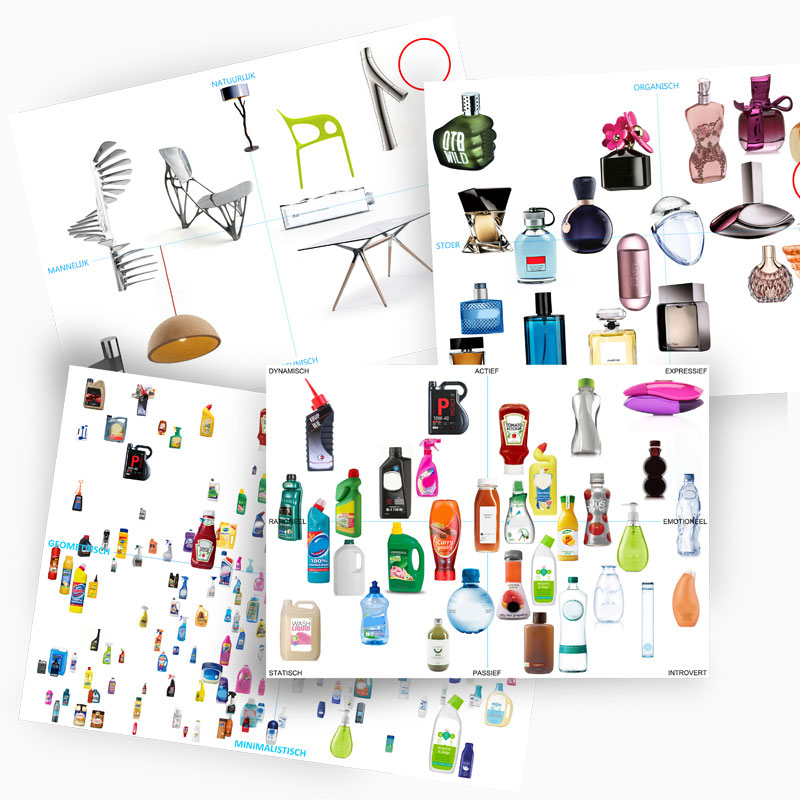
1 DISCOVER – STRATEGIC DESIGN
What are the triggers for the end-user to actually buy your product?
An analysis is made to get insight in what is important for the bottle design: your unique brand values, the needs of the end-user (hidden and visual), factory demands, logistics, production demands, competition, market, innovation need.
Why focus on the end user and your brand identity?
Well, I’m glad you asked. Ensuring the end user is at the core of your design, will make the design journey efficient and more successful. The end-user chooses your product because it has the unique qualities he needs. The easier the end-user recognises these qualities in the bottle design, the more likely he is triggered to purchase it from you. Therefor a recognisable and distinctive bottle design will optimally support your brand communication.
All design aspects need to be in line with your authentic brand identity: the bottle shape, colour, material, label, usage, storage, transport and re-usability. In fact, to communicate your brand identity story effectively with your clients, it should be one story during all contact moments between you and your client. From customer service to an advertisement on television, from your top product to the bottle design in the shop.
A list of requirements and wishes is composed for the bottle design and described in the Design Brief. Moodboards and positioning boards clearly visualise the look & feel of the chosen bottle design direction.
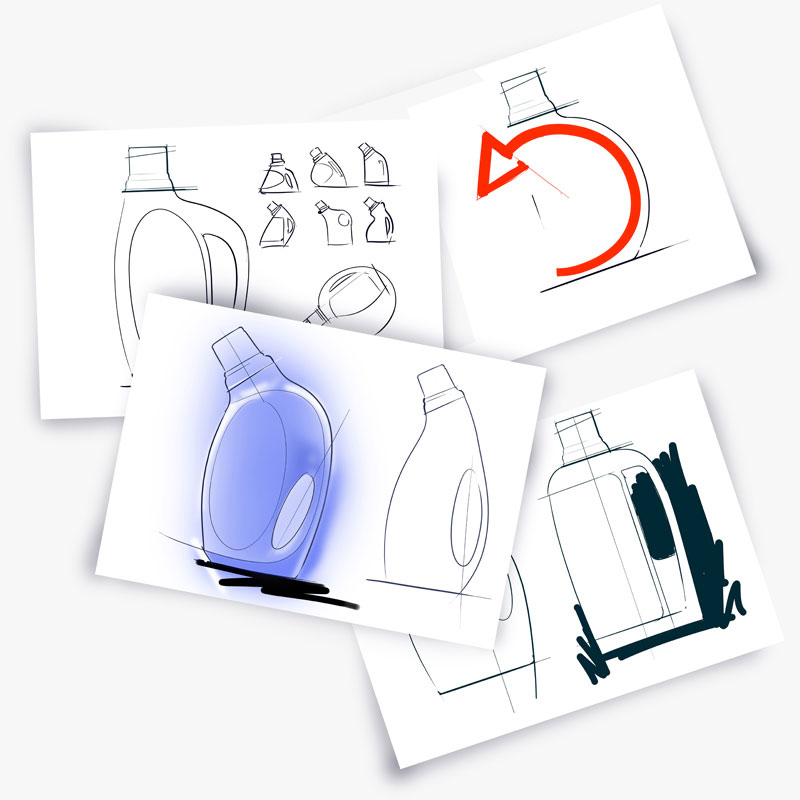
2 DESIGN – IDEA SKETCHES
From design brief to drawings
Based on the Design brief and the visualised design direction, The Bottle Designer puts his creativity to work to create clear idea sketches.
Several methods are used to create innovative product ideas:
– brainstorming (also with the client),
– context-mapping
– a creative workshop
– TRIZ (a method to inventively solve problems)
– personal intuition.
The ideas sketches are evaluated in the developing team, looking at production possibilities, consumer insights, brand strategy and market, to select a successful design direction to further develop.
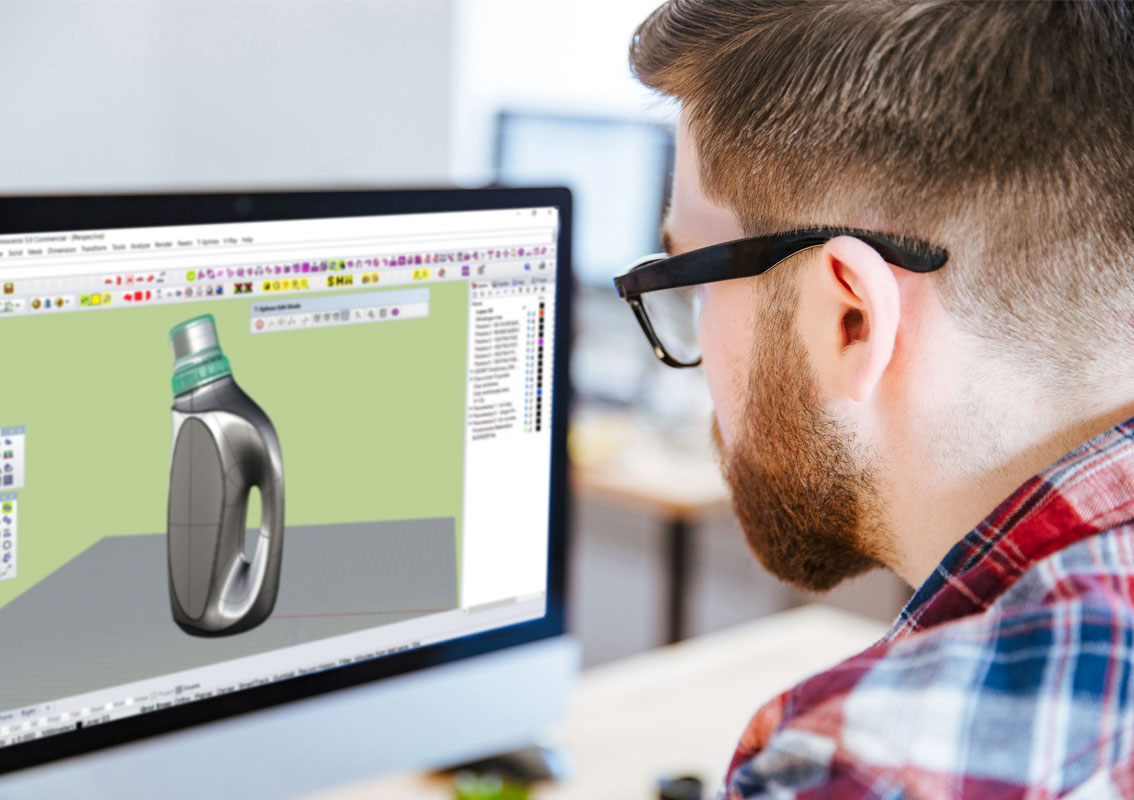
2 DESIGN – MODELS
From 2D to 3D
The end result is the tangible bottle in your hand, let’s make it as soon as possible!
An idea sketch leaves room for interpreting the design. We still need to make the translation from 2D to 3D in our mind. A model in your hand is close to the final product and an efficient method to discuss areas of improvement and consumer benefits.
Several different types of 3D models can be realised during the design process.
MOCK-UP (handmade)
From an idea generated in your office to a bottle design in your hands in one day!
This service is offered to voldoen aan the demand of clients who like to co-develop a bottle design, working side by side with the designer. Idea sketches from the brainstorm with your management team are chosen to work out as a mock-up, a handmade model made of painted foam or wax. It gives a 3 Dimensional impression of an idea sketch. Within hours you can hold a bottle design in your hands to evaluate: size, shape, ergonomics, how it’s used and the user benefits.
PROTOTYPE
A prototype is used to test the functionality of the bottle and closures concepts.
3D CAD MODEL
(Computer Aided Design)
The geometry of the bottle design is modelled in the computer with CAD programs. The CAD file is used to evaluate the look & feel of the design in several ways:
– on your PC in Acrobat by turning the bottle design around.
– photorealistic illustrations made with CAD (rendering) enables you to check the label design, the colour, material expression, texture, the distinctive shelf presentation and the family look of the product range.
– with a 3D printed model you can hold the tangible model in your hand to check it’s use and look & feel.
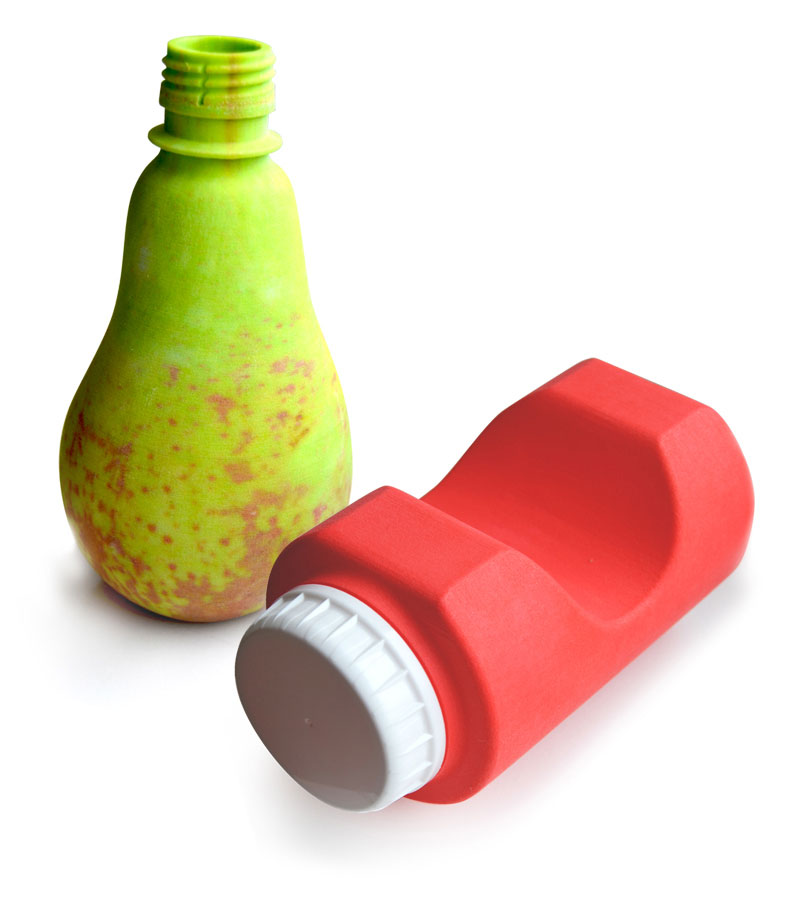
2 DESIGN – MODELS
From 2D to 3D
3D PRINT MODEL
A 3D printed model is based on a 3D CAD file, hollow, mat and available in several colours. It delivers information about the shape of the design, its functionality and ergonomics. A label can be glued onto it to increase the realistic representation. Often used for initial consumer tests and internal discussion. The model doesn’t give information about gloss or matt textures, A photorealistic illustration generated by the computer, supports this model perfectly. Giving information about matt or high gloss textures, colours and the label design.
PRESENTATION MODEL
A presentation model is an exact realistic representation of the final product including: label, colour, textures and filled with a fake content. Ideal for testing the look & feel of the final design. Used for internal discussion, consumer research, sales presentations or on a fair.
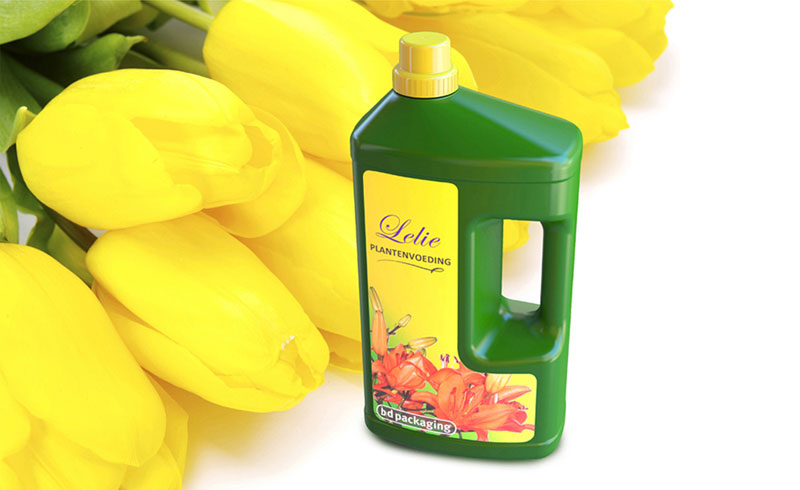
2 DESIGN – GRAFIC LABEL DESIGN
Bottle and label designed simultaneously amplify shelf impact.
Bottle and label design are essential to communicate your brand values in a clear and distinctive way. Designed simultaneously, they amplify each other for maximal shelf appearance. The label design is adapted to the graphic production process and the way you applicate it in your production lines. The bottle designer collaborates closely with graphic design consultancies to support the label development onto the press.
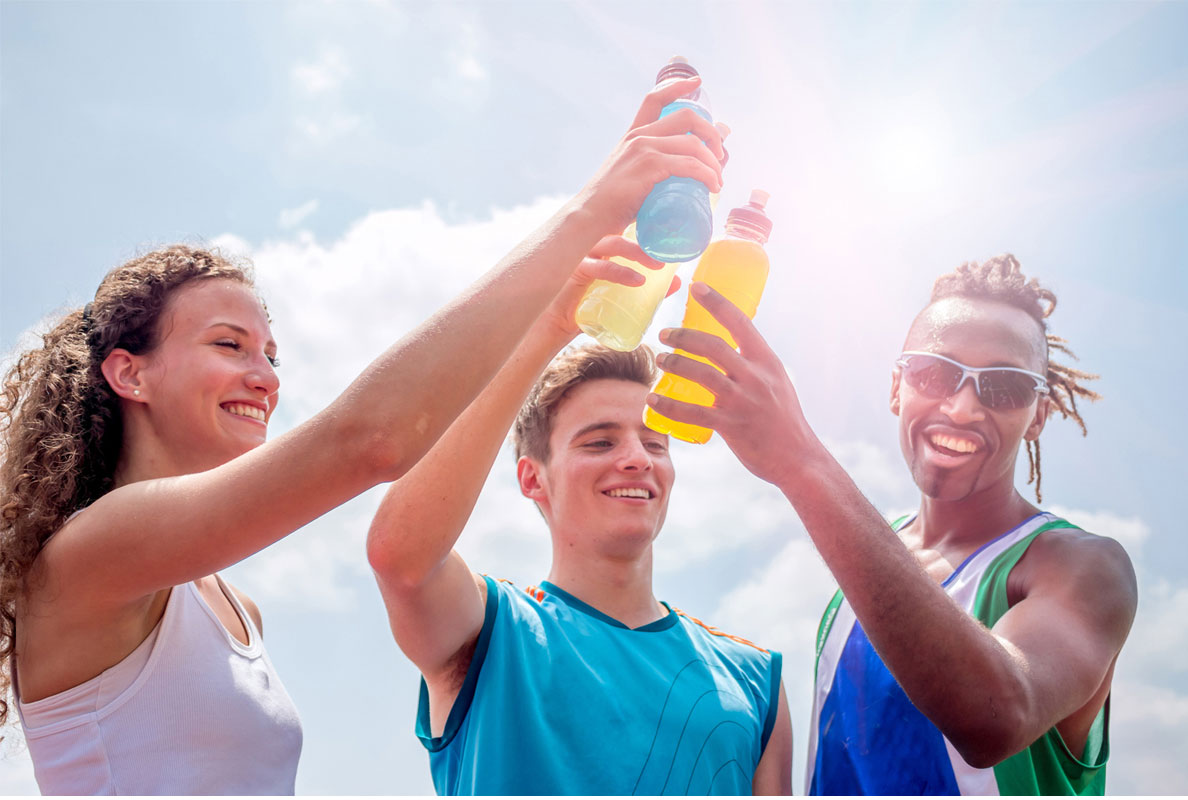
2 DESIGN – CONSUMER RESEARCH
Designing for the end-user means getting in contact with them.
An experienced team of professionals can do the best assumptions, the end-user of your product will still know best why he or she buys the product. Consumer research helps to take the step from assumption to facts at different stages in the development of a product. It generates feedback about:
– what design does the end-user prefer from a presented range of design proposals?
– Does the product really solve a problem for the end-user?
– What are the triggers to purchase your product?
– What is important for the end-user?
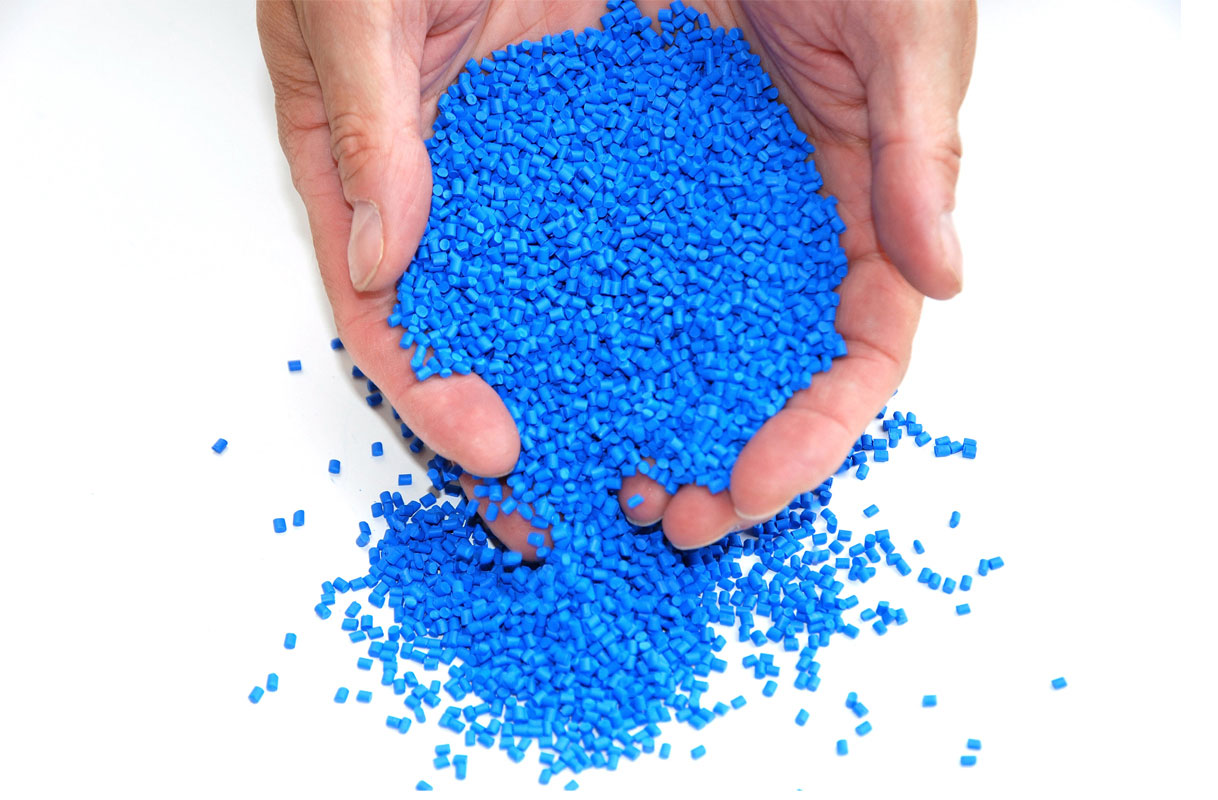
2 DESIGN – MATERIAL RESEARCH
Only one material is the best for your product.
Choosing the right material for your product has a great impact on how it is perceived by end-users.
– Does it strengthen your brand identity?
– Can your product be produced by it?
– Will it increase its success?
– Will it attract end-users?
Consumer become more aware of the environmental impact of their shopping behaviour, e.g. the use of bioplastics becomes more of a preconception when virgin material is chosen. The Bottle Designer works in close collaboration with material experts to find the right material for your product.
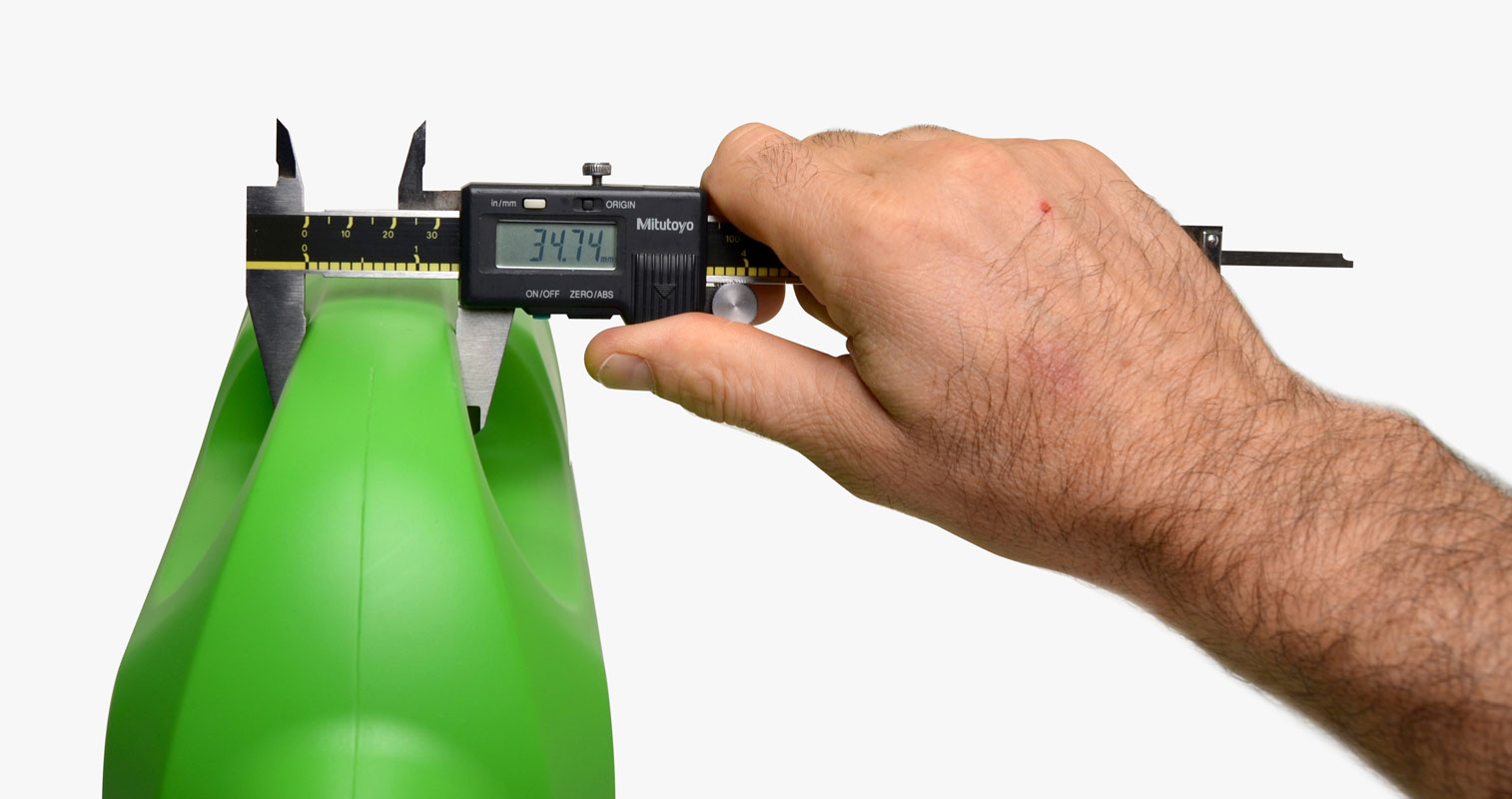
3 ENGINEERING & PRODUCTION
You need people with both feet on the ground to make a producible product.
For an efficient design process and a short time to market, you don’t want unpleasant surprises when the moulds are made. The CAD file of the bottle design can be thoroughly tested.Engineers can use the CAD file of the bottle design for multiple technical analysis to generate detailed data by testing:
– Large displacement and deformation effects
– Multiple zone contact problems and structural dynamics, simulated with FEM (Finite Element Method)
– The volume
– The tip over moment
– The squeezing force applied
– Mould flow.
These calculations are done with a digital file and resemble reality. To acquire even more detailed test data, a pre-mould can be made in which a small number of bottles are produced. Tests can now be executed with final products. This is ideal for large scale consumer tests and to measure long term transportation stress.
Testing technical aspects of the bottle design is done in close collaboration with an international operating engineering company specialised in these skills.
The test results are processed in the final design and technical drawings are made for the mould maker.
We can help you with your ideas
INNOVATION & DEVELOPMENT
+31(0)6 21 69 4080


